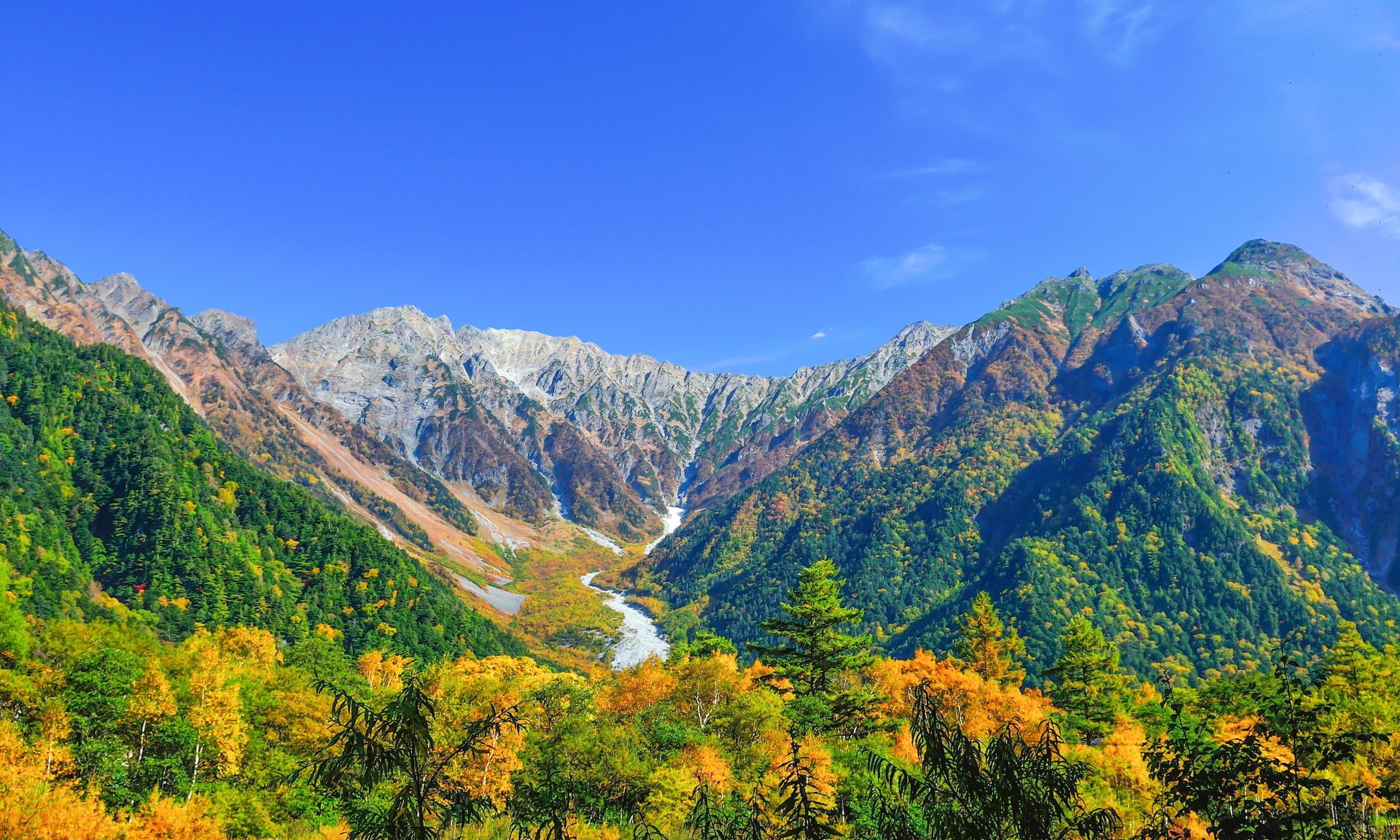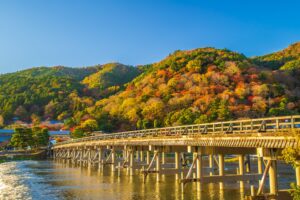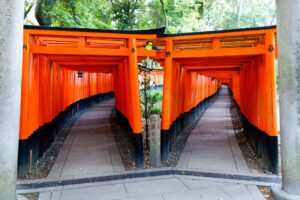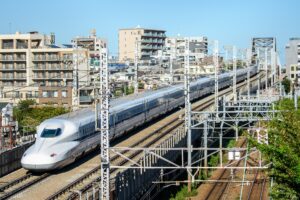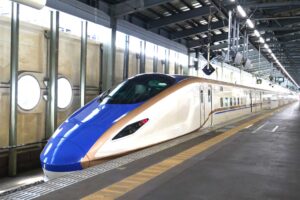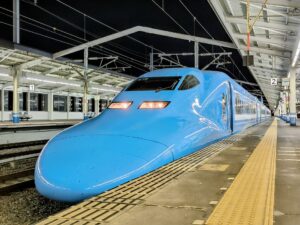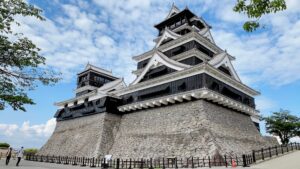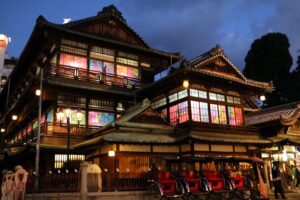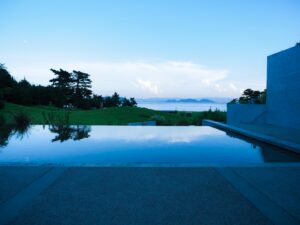Nestled in the heart of the Japanese Alps, Kamikochi offers breathtaking views, crystal-clear rivers, and serene hiking trails. Whether you’re planning a day trip or an overnight adventure, this complete guide helps you explore Kamikochi like a seasoned traveler — including how to get there, where to stay, and what to pack.
What is Kamikochi?
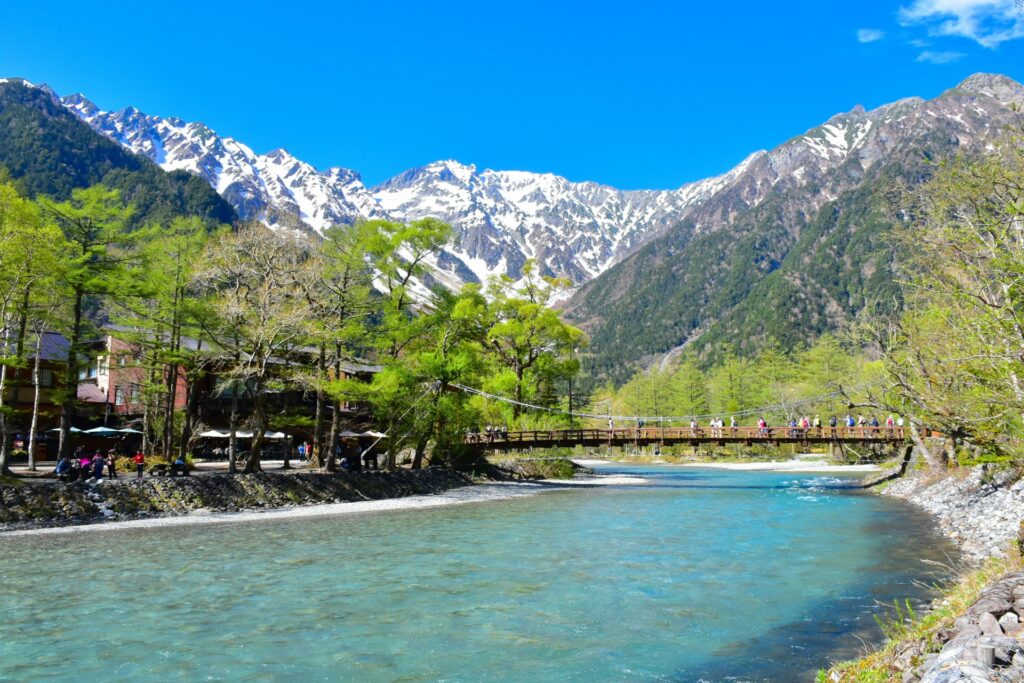
Kamikochi is a breathtaking mountain valley located in the Japanese Alps of Nagano Prefecture, sitting at approximately 1,500 meters (4,920 feet) above sea level. Part of the Chubu Sangaku National Park, this pristine region is renowned for its untouched alpine scenery and ecological preservation efforts. Visitors are treated to stunning views of the Azusa River, framed by towering peaks such as the Hotaka Mountain Range and Mt. Yake, an active volcano. Although these peaks lie beyond the valley itself, they create a dramatic backdrop to Kamikochi’s serene landscapes. Iconic landmarks like the historic Kappa Bridge serve as picturesque gateways to many of the area’s hiking trails, making Kamikochi a must-visit for nature lovers and photographers alike.
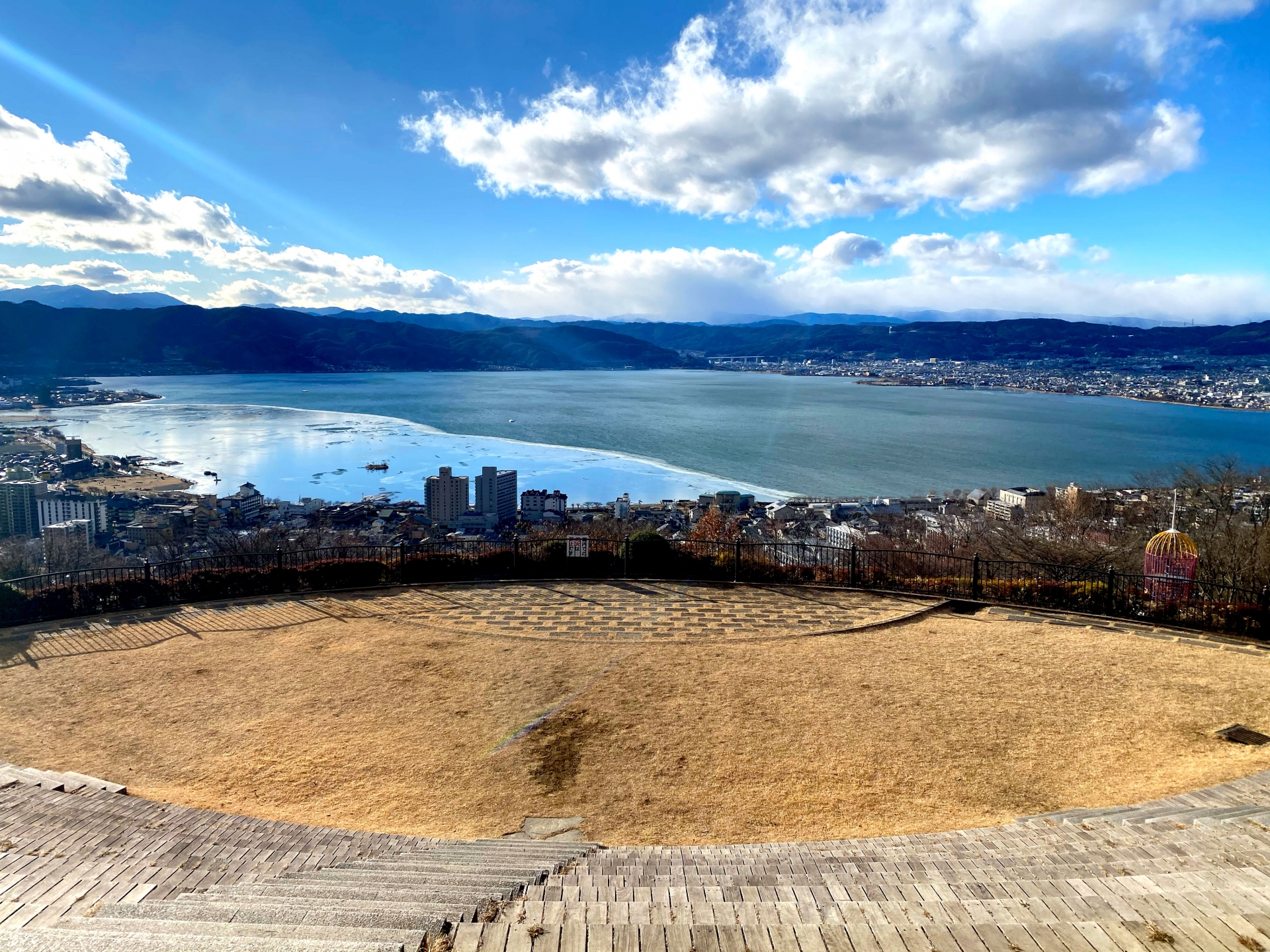
When is Kamikochi Open to Visitors?
Kamikochi is open to the public from mid-April to mid-November each year. Due to heavy snowfall and the risk of avalanches, the valley is completely closed during the winter months. Visitors planning a trip in early spring (April) or late autumn (November) should be aware that some facilities, including bus services and accommodation, may operate on limited schedules or be closed altogether. The best times to visit are typically from late May to mid-October, when weather conditions are favorable and the full range of services is available. Always check the official Kamikochi website for seasonal updates before your trip.
How to Get to Kamikochi from Major Cities
While Kamikochi is a remote alpine destination, it is surprisingly accessible from major Japanese cities like Tokyo, Kyoto, Osaka, and Matsumoto. However, it’s important to note that private cars are not permitted within Kamikochi. All visitors must transfer to eco-friendly shuttle buses or taxis at designated points such as Sawando (Nagano side) or Hirayu (Gifu side).
Travelers can expect a combination of train and bus travel, with total travel times ranging from 2 to 6 hours depending on the departure city. Transportation services are seasonal and may vary, so English-language timetables should be consulted in advance.
Kamikochi Access from Tokyo
The most common route from Tokyo to Kamikochi involves:
- Taking the JR Azusa Limited Express from Shinjuku Station to Matsumoto (approx. 2.5–3 hours)
- Transferring to the Alpico bus at Matsumoto Bus Terminal, heading to Kamikochi via Sawando (approx. 1.5–2 hours)
Total travel time is approximately 5 to 6 hours, and the combined cost is around ¥10,000–14,000. Buses are equipped with luggage storage, and English signage is generally available.
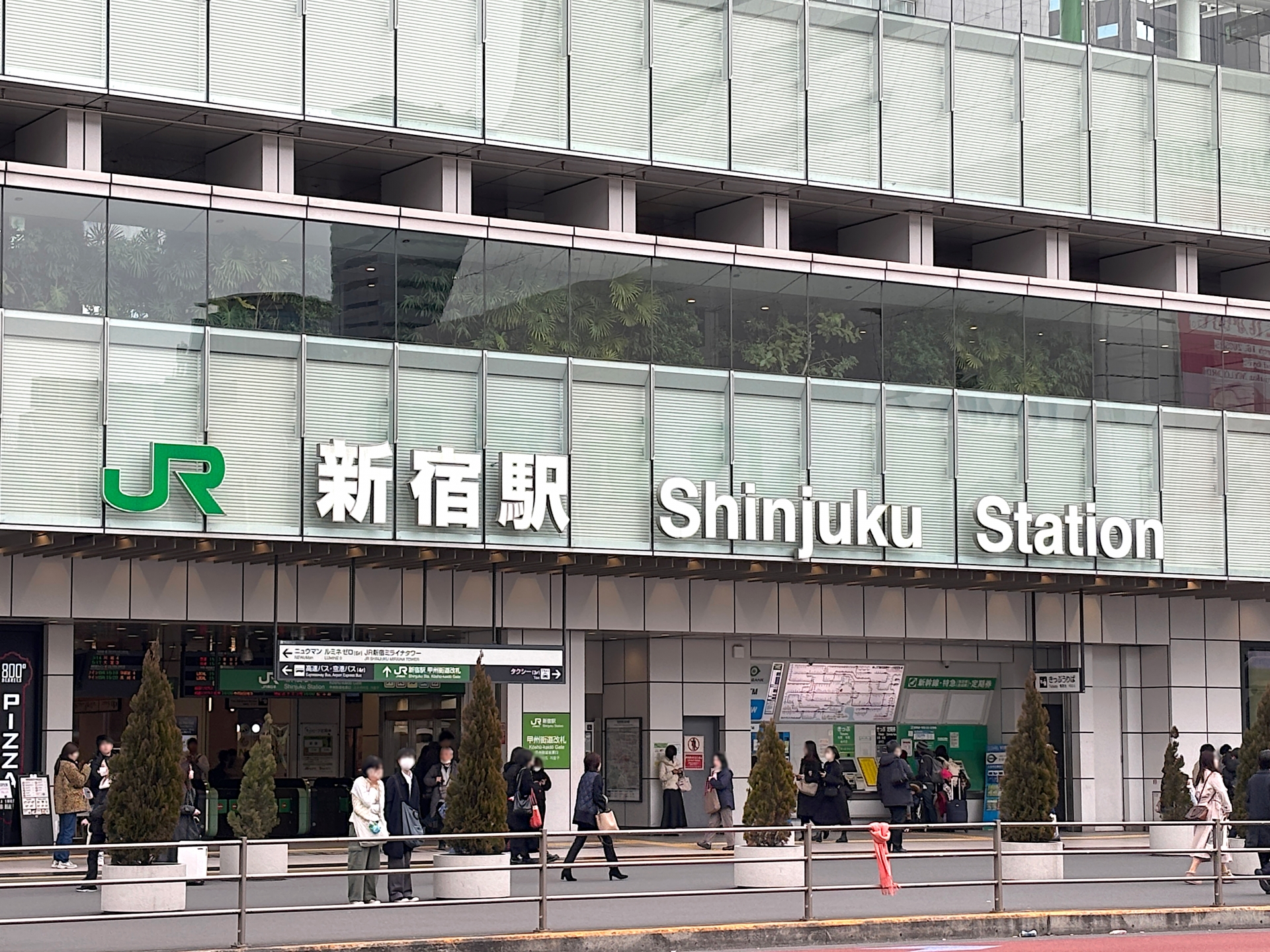
Bus and Train Schedules (Seasonal Variations)
Public transport to Kamikochi operates only during its open season (mid-April to mid-November). During the peak months of July, August, and October, buses run more frequently, often every 30 to 60 minutes. In shoulder months like April and November, services are reduced. For the most accurate and up-to-date information, consult official English-language schedules available on the Kamikochi Official Website or via local transportation providers like Alpico.
Best Time to Visit Kamikochi
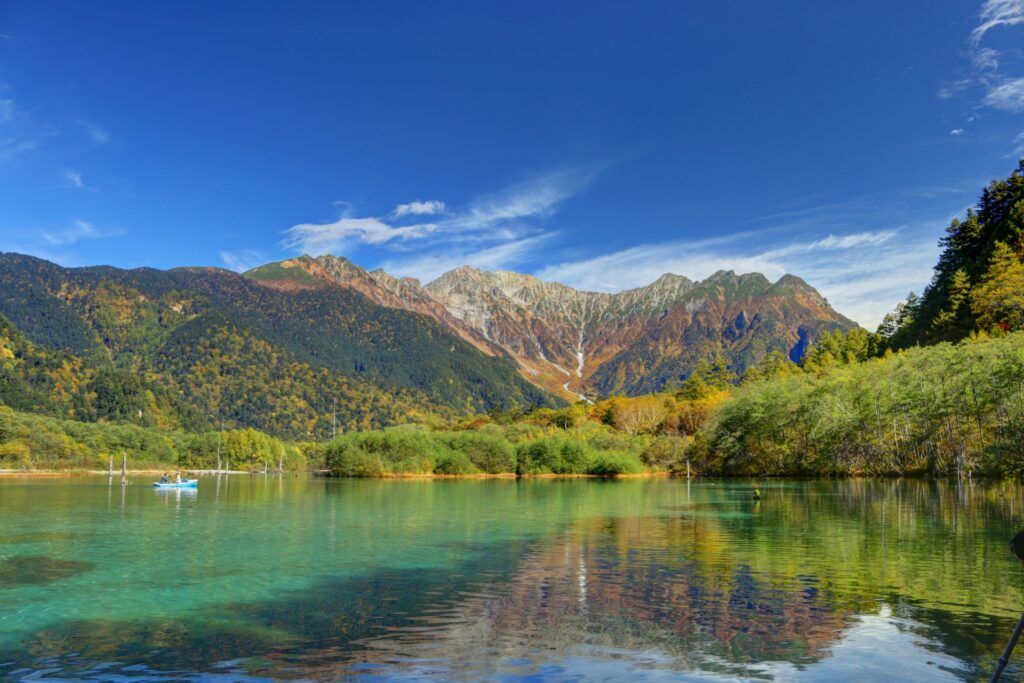
Kamikochi is a destination that transforms dramatically with the seasons, offering unique experiences throughout its open months:
Spring (late April to June): The landscape comes alive with vibrant greenery and the melting snow reveals crystal-clear streams. Fewer tourists make spring a peaceful time to visit.
Summer (July to early September): Cool mountain air provides a refreshing escape from Japan’s humid lowlands. Ideal for families and hikers, though it is one of the busiest seasons.
Autumn (mid-September to mid-November): Fall foliage paints the valley in fiery reds and golds, peaking around mid-October. It’s the most popular time to visit, so book early to secure accommodation.
Recommended months for balance: Late May, early June, or mid-October for the best mix of good weather, natural beauty, and manageable crowds.
Top Hiking Trails in Kamikochi
Kamikochi features a variety of hiking trails suited to all skill levels, with well-maintained paths and bilingual signage throughout the area:
- Kappa Bridge to Taisho Pond: Easy, flat trail along the Azusa River (~1 hour round-trip)
- Kappa Bridge to Myojin Pond: Moderate forested route through lush greenery (~3 hours round-trip)
- Myojin to Tokusawa: Forested, quiet trail with little elevation change (~1 hour one-way)
- Tokusawa to Yokoo: Extended trail for more seasoned hikers (~4–5 hours round-trip)
- Yokoo to Karasawa Cirque: Challenging alpine trek that requires proper gear and experience (~2 days round-trip)
Kamikochi Trail Overview and Difficulty Levels
Easy Trails: Ideal for families and casual walkers. The Taisho Pond route features broad, flat paths with plenty of scenic stops.
Moderate Trails: Slight elevation changes and longer distances, such as the Myojin Pond route, require some endurance but are still accessible.
Challenging Routes: Heading past Tokusawa and into Karasawa demands full-day effort, sturdy boots, and weather awareness. These trails are recommended for experienced hikers only.
Trail safety tips:
- Start early in the day
- Carry water and snacks
- Check weather conditions
- Inform your lodging if taking long routes
Where to Stay in Kamikochi
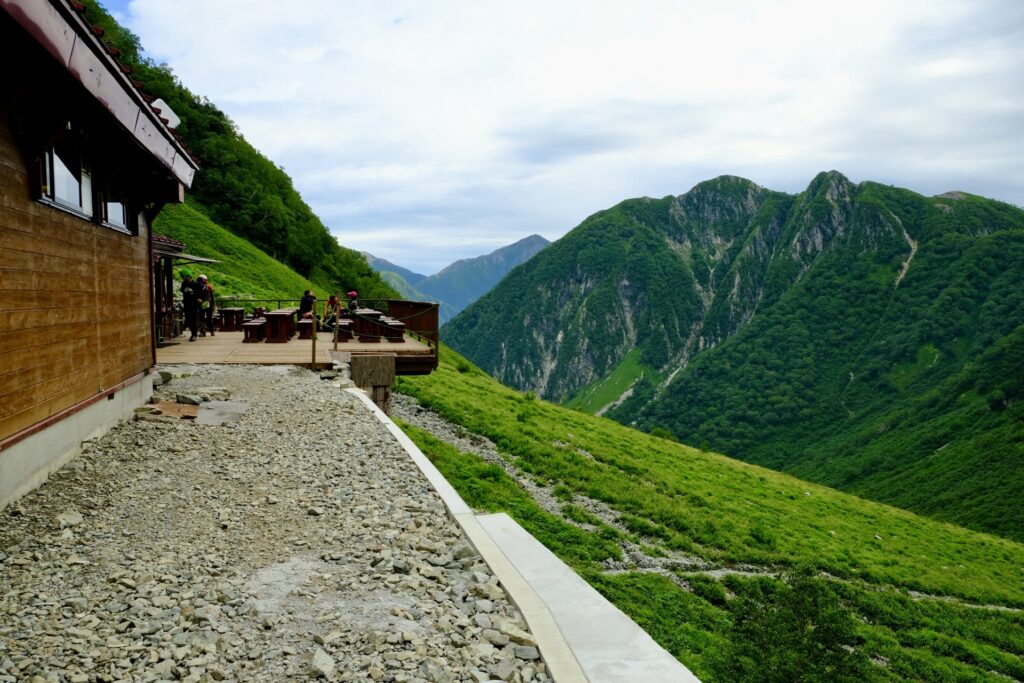
Accommodation in Kamikochi ranges from riverside luxury hotels to affordable mountain lodges and campsites. Due to limited capacity, advance reservations are essential, especially during peak autumn weekends.
Budget vs Luxury Accommodation Options
| Type | Price/Night | Facilities | Location |
| Budget Lodge | $60–$90 | Shared bath, basic meals | 15–20 min walk from terminal |
| Luxury Hotel | $250–$400 | Onsen, fine dining, scenic views | Riverfront near Kappa Bridge |
Popular choices include the Kamikochi Imperial Hotel and Lemeiesta Hotel for upscale stays, while Konashidaira Camping Ground offers rentals and showers for campers seeking a close-to-nature experience.
Things to Do in Kamikochi Besides Hiking
While hiking is the main draw, Kamikochi offers plenty of additional activities:
- Photography: Capture sunrise at Taisho Pond or golden hour at Kappa Bridge
- Nature Walks: Join guided eco-tours available during peak seasons (some in English)
- Camping: Enjoy the cool alpine air at Konashidaira Camping Ground
- Onsen Visits: Nearby hot spring towns like Hirayu offer relaxing post-hike experiences
- Shopping & Food: Try local treats and browse souvenirs near the Kamikochi Bus Terminal
Kamikochi Travel Tips for First-Timers
- Layered Clothing: Weather changes quickly, even in summer
- Rain Gear: Showers are common; pack a light rain jacket
- Insect Repellent: Mosquitoes and bugs are active in summer
- Cash Only: Most shops and lodges don’t accept cards
- Pack Out Trash: There are no public trash bins in the park
- Clean Toilets: Facilities are well-maintained and free to use
Photography Tips in Kamikochi
- Best Times: Sunrise at Taisho Pond and late afternoon at Azusa River
- Recommended Gear: Tripod, wide-angle lens, neutral density (ND) filter
- Note: Drones are prohibited; preserve the tranquility of the area
Wildlife & Nature in Kamikochi
Kamikochi is a haven for wildlife and flora:
- Animals: Japanese macaques, flying squirrels, and alpine birds like the ptarmigan
- Plants: Seasonal wildflowers, larch trees, and moss-covered forests
Important: Do not feed or approach wildlife. Observation is best done from a distance. Morning and early evening are ideal for wildlife sightings along quieter trails.
Eco-Friendly Travel in Kamikochi
Kamikochi has adopted strong sustainability measures to protect its environment:
- No private vehicles: Shuttle system reduces emissions
- Leave No Trace: Visitors must carry out all trash
- Educational Signage: Learn about local ecology as you hike
- Eco-Walks: Guided tours promote awareness and conservation
Visitors are encouraged to follow “pack it in, pack it out” principles and respect this fragile natural habitat.
Final Thoughts: Why Kamikochi Should Be on Your Japan Itinerary
Kamikochi offers one of Japan’s most awe-inspiring natural landscapes, easily accessible yet remarkably untouched. With well-marked trails, comfortable lodging, and diverse seasonal beauty, it’s perfect for first-time travelers, nature lovers, and seasoned hikers alike. Whether you’re capturing sunrise over alpine rivers, hiking to mountain lodges, or simply breathing in the cool mountain air, Kamikochi delivers a deeply memorable and restorative experience. Add Kamikochi to your Japan itinerary and immerse yourself in the heart of the Japanese Alps.

